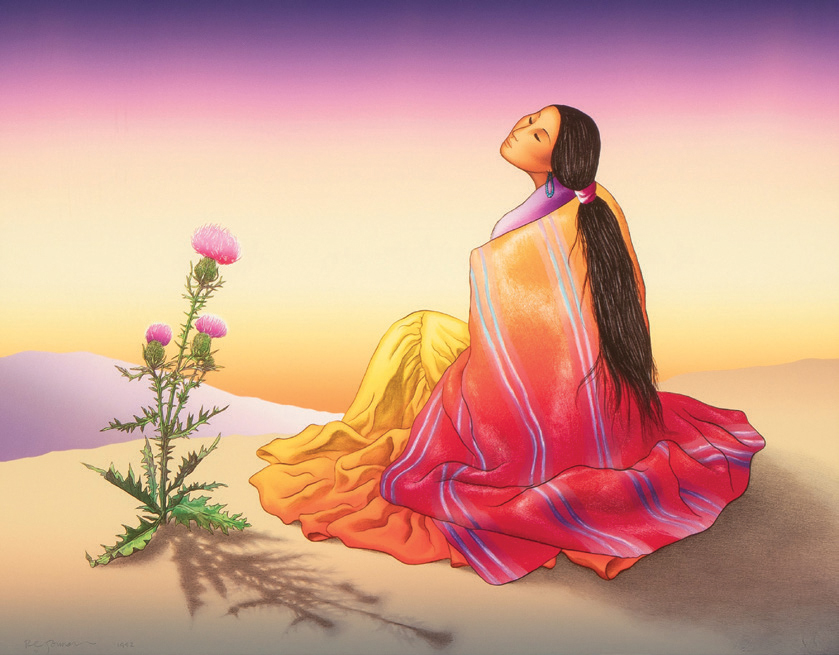
10 Mar Editor’s Note: Enriched Perspectives
While putting together each issue of WA&A, I’m reminded how much our lives are improved by the artists and architects who share their creativity with us. Through their efforts, we can experience the world in a new way. They call our attention to amber light filtering through a window because the architecture was intentionally designed to interact with the topography and sunshine. We relate to someone’s experience that’s vastly different from ours, depicted in bronze or on canvas. Art can encourage us to find unexpected beauty in our day-to-day existence; it can help us see something we missed. In this issue, and in every issue, there are countless ways that artists and designers respond to and interpret the world around them, enriching our lives.
Sometimes this benefit comes from the artist’s personal story; for example, I find it extraordinary that at age 52 in 1920, Catharine Carter Critcher first made the then-arduous journey to Taos, New Mexico. Her adventuresome spirit brought her to a critical source of inspiration and to become the only female member of the Taos Society of Artists. This bold effort, though it came a bit later in life, led her to national acclaim (“Perspective,” p. 88).
When I look at artist P.A. Nisbet’s work, I am taken by its pure beauty, which transports me back to my childhood in New Mexico, where the sky exhibited its own strong character. Nisbet immortalizes the fleeting colors of the changing heavens, allowing us to appreciate those ephemeral moments over and over again. His work preserves the vast beauty and drama of the Western sky (“Wild Blue Yonder,” p. 126).
Our worldview is deeply enriched by studying Western art history and its narratives based on realities and myths. Artists seeking to convey what’s special and unique about the West created organizations or new schools of artistic thought in order to do so, and these, in turn, helped shape American culture (“Western Art Chronicles,” p. 138).
And the architects working out West show us in countless ways how we can appreciate the various landscapes and vernaculars here. We see buildings that become immersive, full-sensory experiences, or those that reflect the landscape or a historic aesthetic. In Napa Valley, visual simplicity is a key component in creating a serene environment, encouraging us to reflect on the importance of stillness in our busy lives (“Forest Aerie,” p. 132). And Aidlin Darling Design seeks to create buildings that not only utilize craftsmanship and technology but also appeal to “the psychological and the tactile.” In “Rendering” (p. 98), architect Joshua Aidlin elaborates, “when you travel the world and you see remarkable architecture, your body feels the power of the work. It’s not just a visual experience.”
As author Ursula K. Le Guin observed, “One of the functions of art is to give people the words to know their own experience.” I hope the work of the creative individuals profiled inside this issue help give you the words to understand and enrich your own perspective of the West.
Christine Rogel, Editor in Chief
christine@westernartandarchitecture.com






No Comments